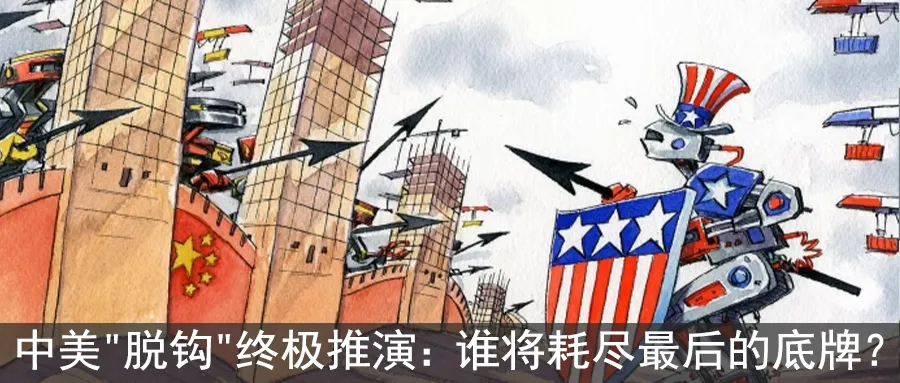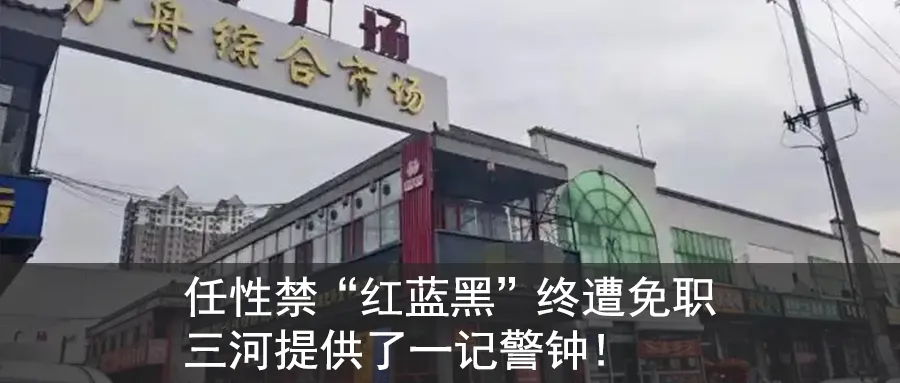Introduction
The ongoing trade confrontation between China and the United States has evolved into a high-stakes battle of strategy and resilience. While the U.S. seeks a swift victory through aggressive tariffs, China has adopted a long-term approach, emphasizing economic adaptation and self-reliance. This article breaks down the key dynamics of this conflict, analyzes both sides’ goals, and explores the broader implications for global stability.
1. The Current State of the China-US Trade Conflict
1.1 China’s Commitment to a Long-Term Strategy
China has firmly embraced a “long game” mentality. Public sentiment reflects a belief that overreliance on U.S. trade is unsustainable, necessitating diversification and domestic market expansion. Even businesses impacted by reduced U.S. exports recognize the need for transformation. For example, industries are shifting focus to innovation and upgrading consumer markets, aiming to emerge stronger—a process likened to a “rebirth through fire.”
Critically, China views this conflict as more than a trade dispute. There is a widespread perception that the U.S. aims not just to curb China’s economic growth but to undermine its national development trajectory. This has solidified China’s resolve to resist U.S. pressure at all costs.
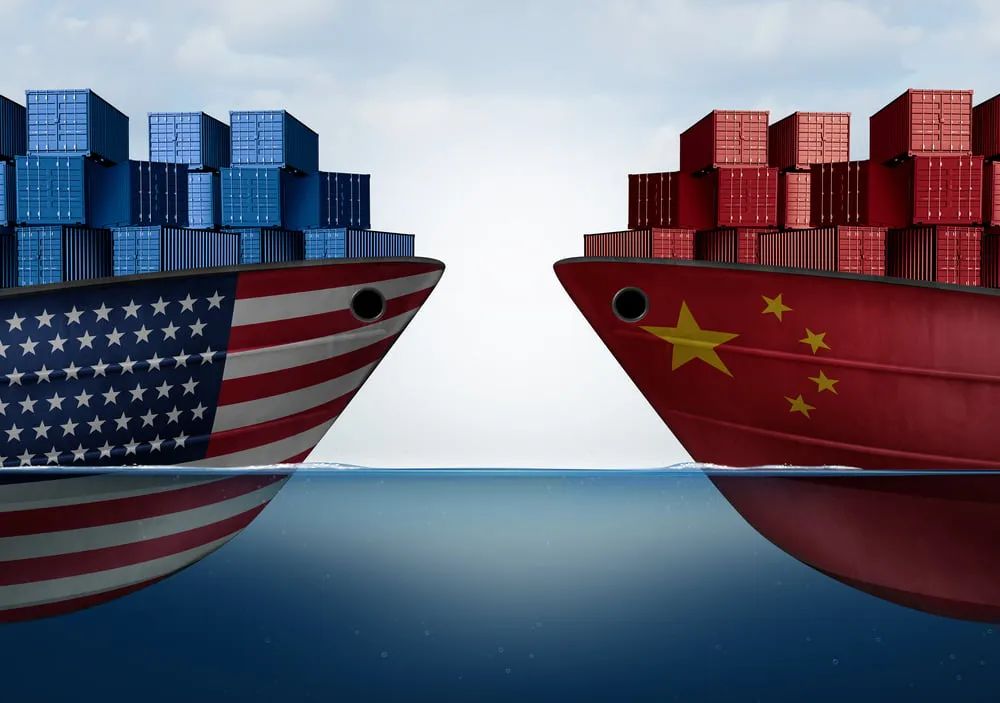
1.2 The U.S. Approach: Overconfidence and Fragility
The Trump administration initially boasted of quick victories, claiming other nations would concede to U.S. demands. However, volatility in U.S. financial markets—such as stock and bond fluctuations—has exposed the fragility of this strategy. For instance, the U.S. hastily paused tariffs on allies for 90 days after market instability, revealing a lack of preparedness for prolonged economic strain.
In dealings with China, the U.S. has relied on intimidation tactics, demanding negotiations while sending mixed signals. President Trump’s contradictory statements—alternately labeling China a “hostile trader” and expressing optimism about a deal—highlight internal disarray. Recent clarifications about imposing 245% tariffs on select Chinese goods further underscore this inconsistency.
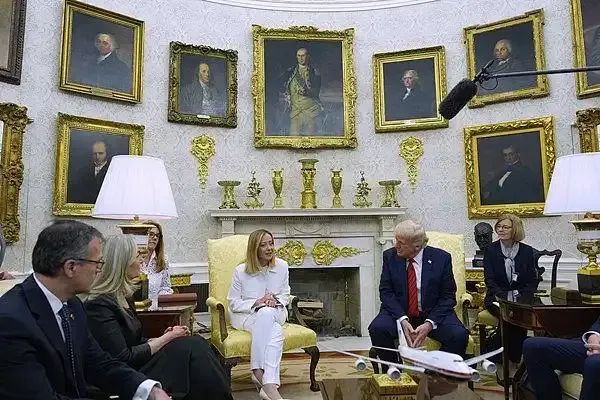
2. Strategic Goals: Clarity vs. Confusion
2.1 China’s Clear Objectives
China’s goals are twofold:
- Resist Bullying: Counter U.S. coercion to redefine Washington’s perception of China’s strength and sovereignty.
- Economic Transformation: Use the trade war as a catalyst to reduce reliance on foreign markets, boost domestic consumption, and address technological gaps (e.g., semiconductor production).
These priorities align with initiatives like “Made in China 2025,” which has driven advancements in electric vehicles, AI, and renewable energy. Despite U.S. sanctions, China now leads globally in sectors like solar power and EVs.
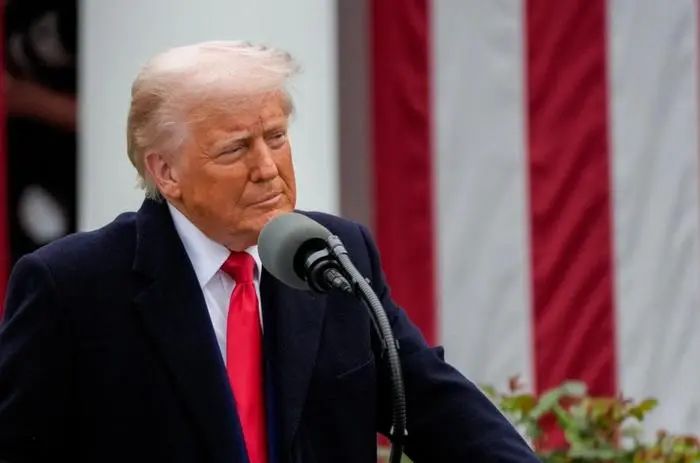
2.2 The U.S.’s Unrealistic Ambitions
The U.S. lacks a coherent strategy. While aiming to “make America great again,” its actions—such as imposing blanket tariffs and alienating allies—contradict the goal of isolating China. For example, pressuring Japan and Europe with tariffs while seeking their support against China creates strategic incoherence.
Prominent investor Ray Dalio warns that U.S. policies risk triggering a systemic collapse of the global monetary order, exacerbated by unsustainable debt and geopolitical fractures. He compares today’s turmoil to the 1930s, emphasizing that tariffs are merely symptoms of deeper structural crises.
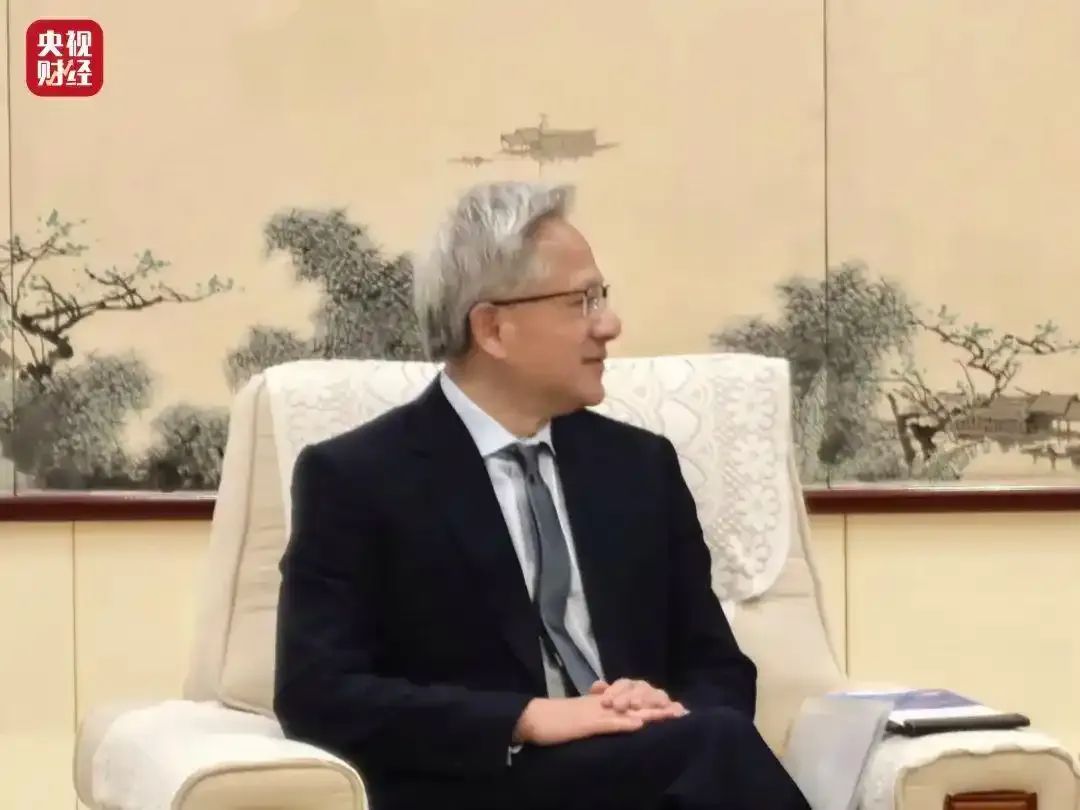
3. Escalation Risks: From Trade War to Broader Conflict
3.1 China’s Preparedness for Worst-Case Scenarios
China has openly acknowledged the possibility of the trade war spiraling into military conflict, particularly over Taiwan. Strengthened naval and missile capabilities in the Taiwan Strait reflect this readiness. Notably, China’s rapid nuclear modernization has alarmed U.S. officials, adding a deterrent layer to the confrontation.
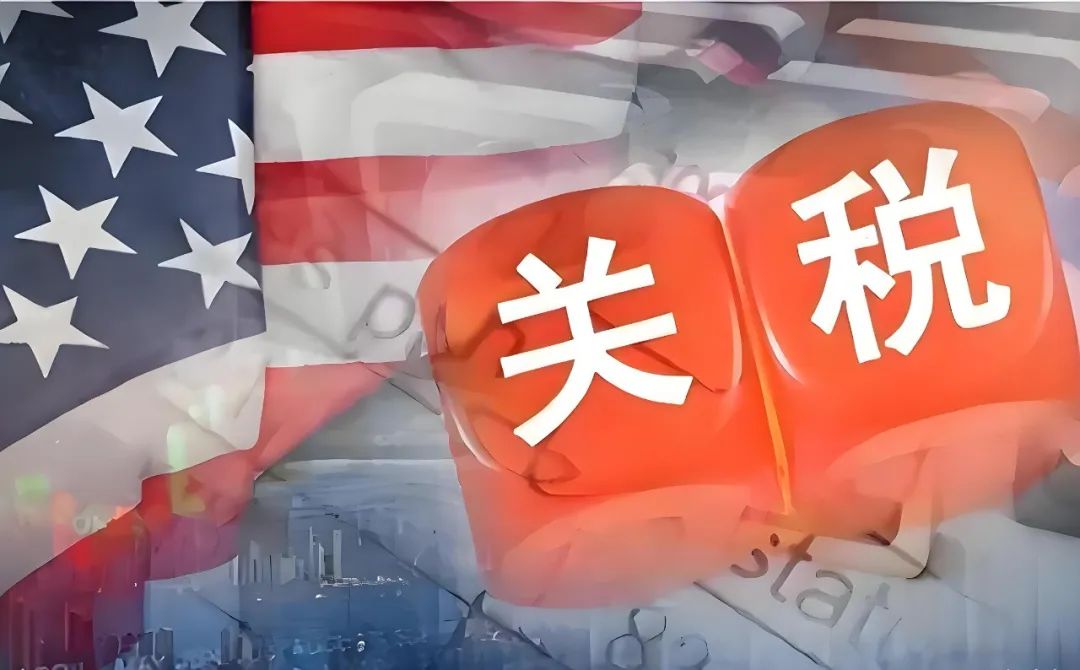
3.2 U.S. Vulnerabilities and Miscalculations
The U.S. underestimates China’s leverage in critical supply chains. For instance, China’s restrictions on rare earth minerals—essential for defense tech like fighter jets and semiconductors—have left the U.S. scrambling. Despite efforts to build domestic processing facilities, the U.S. remains years behind China’s dominance.
Meanwhile, China holds “life-saving” advantages in pharmaceuticals, producing essential drugs like ibuprofen. This interdependence limits U.S. capacity to escalate without self-harm.
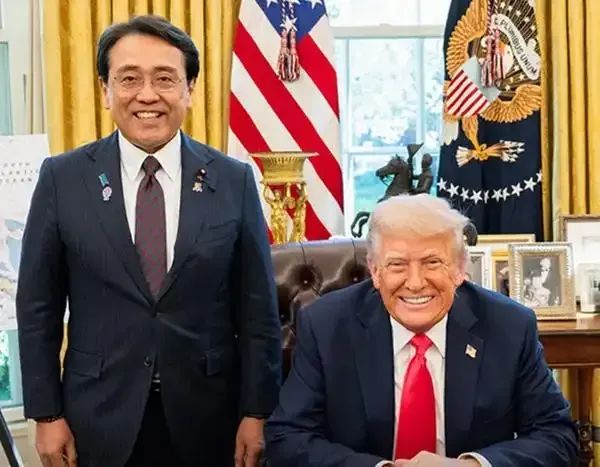
4. Global Repercussions and the Path Ahead
4.1 A Fracturing World Order
Dalio predicts a breakdown of the post-WWII multilateral system, replaced by competing blocs. The U.S.-China rivalry accelerates this shift, with nations like Australia and Brazil seeking alternatives to Chinese rare earths. However, China’s export controls may force countries to cooperate with Beijing to avoid supply disruptions.
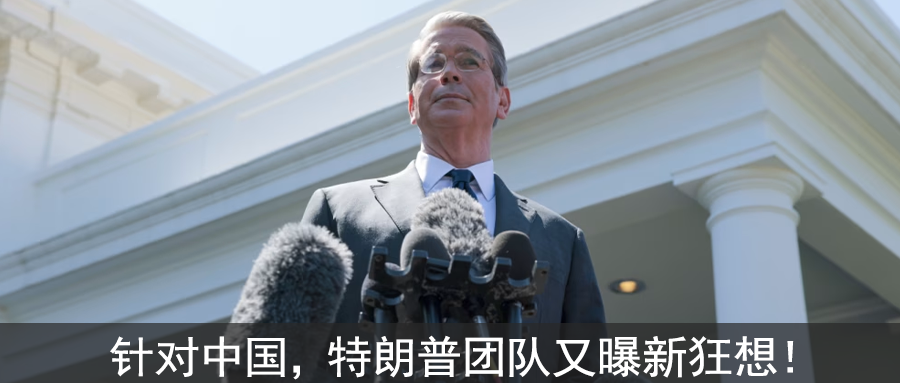
4.2 Lessons from History
The U.S. has historically suppressed rising powers (e.g., Japan in the 1980s), but China’s scale and resilience make this approach ineffective. Instead, the trade war has accelerated China’s self-sufficiency efforts, from tech innovation to reducing semiconductor imports.
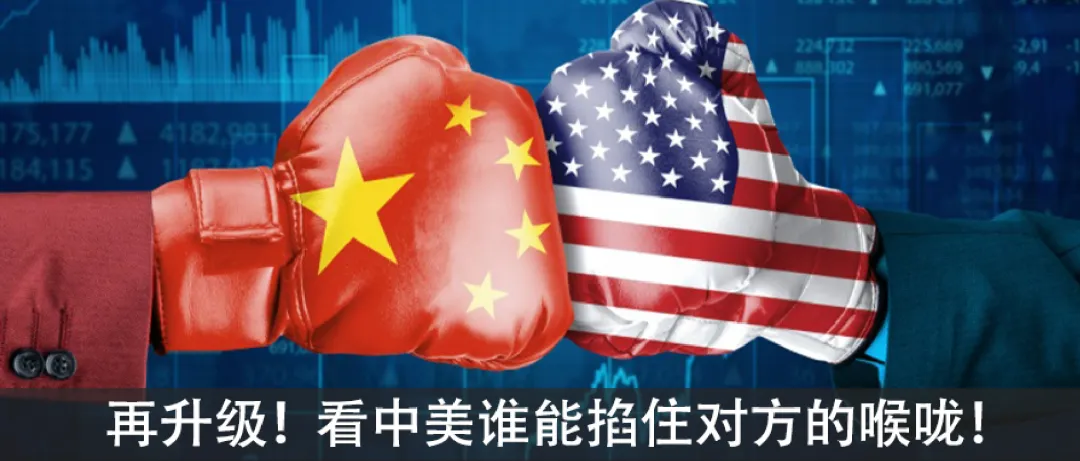
5. Conclusion: Courage Meets Strategy
China’s resolve hinges on a unified populace and strategic patience. By contrast, the U.S. struggles with internal contradictions and short-term thinking. As the adage goes, “When two forces meet on a narrow path, the courageous one prevails.” In this clash, China’s readiness for endurance and adaptation positions it to outlast U.S. pressure, reshaping the global order in the process.
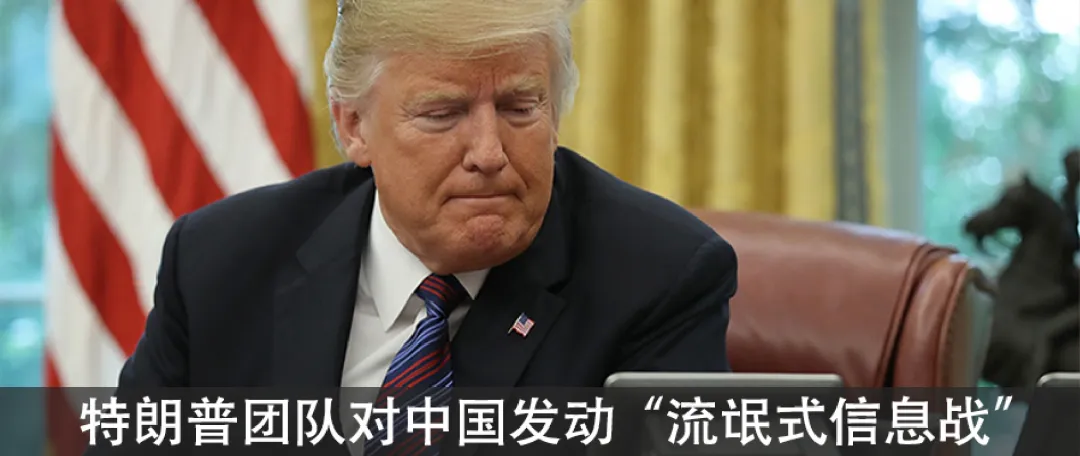
Image Gallery
References
- Beijing Daily, Revisiting “On Protracted War” in Today’s Context
- Ray Dalio’s Warnings on Systemic Risks
- U.S. Reliance on Chinese Rare Earths
- China’s “Made in 2025” Progress
- U.S. Tariff Policy Updates

